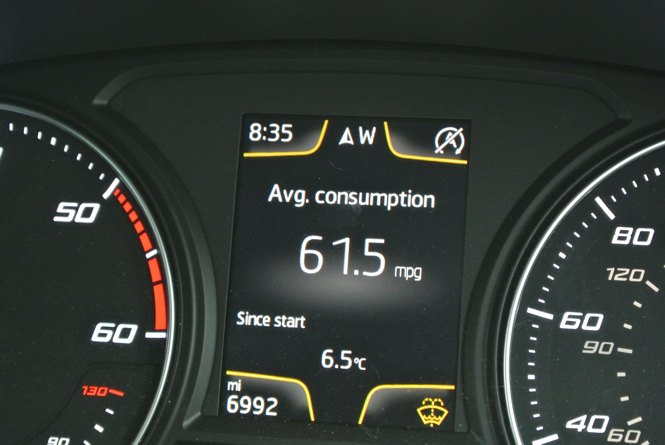EU Fuel Economy, Emissions Testing Facing Major Overhaul
The wildly optimistic fuel economy figures touted by auto makers in Europe could be in for a major revamp, as the EU looks to change the way these tests are conducted.
Although new, slightly more stringent standards take effect next month would force auto makers to do things like conduct real road tests, rather than in a laboratory.
According to Reuters, new test standard is being ironed out by VDA, a lobby group for German auto makers, as a counter to a possible new standard by the EU. European OEMs are still agnonizing over tough new CO2 standards, and is eager to preempt even tougher future emissions standards, as well as new fuel economy testing that would cause a major drop in advertised fuel economy and CO2 standards. New rules would also target NOx emissions, which have been linked to lung cancer, and are emitted more frequently by diesel engined vehicles.
Despite this, OEMs acknowledge that the current testing methods are flawed. Many observers have long maintained that European fuel economy figures are overly optimistic and not reflective of real world driving conditions.
More by Derek Kreindler

































Comments
Join the conversation
I've tended to do slightly better in my car, 2014 Escape with the 2.5 litre, than my roommate in hers, 2013 Fusion with the 2.5 litre. The weight is near enough to make no difference, but the aerodynamics are pretty different. I think mine is rated higher on the freeway, while hers is rated higher in the city.
They seem to be changing rules in the middle of the race. They put up very tough fuel economy/emission standards based on a certain test cycle, and now they want to toughen up the test cycle without easing up on the standards. Sort of like requiring a runner to go under 10 seconds in the 100 meter dash on a course that is slightly downhill, and then as they get close to achieving the goal changing the course to uphill.
My understanding of the background behind this is the strong link between FE and Co2 Output, something the EU has decided to attempt to reduce. The disconnect between the test and the real world means that CO2 output from vehicles is higher than predicted. The other part to this is the impact the coastdown load has on the FE and emission test result. So to get a optimal result, many manufacturers head to Idiada test facility in Spain, allegedly one of the smoothest test tracks in the world, and wait for the afternoon breeze to record a "real world" (cough cough) coastdown result to plug into the vehicle dyne test. I read that Diesel vehicles on the EU test cycle are more likely to be hit harder with this proposed change as it will have a larger incremental affect (especially VW).
Leave it to the Corporatists to first use government CO2 standards to cajole people out pf perfectly functional gas cars into expensive new diesel ones. Then, once eveyone's in a diesel, change the standard to push them into ditching those for a gasser again...... All in the name of childrens' lungs (and global competitiveness...) or whatever.. Only upside is, perhaps once everyone has been suckered into squandering their savings on some dull turbo appliance, "science" will discover that the Standard European Lung prefers emissions from nice, proper, high revving NA engines again; and sanity will finally have been restored...